You may or may not know that in that magical land called Eire, there’s a man hard at work, making games for you to enjoy. We kindly asked him to have a chat with us about gaming, game design, painting and whatever else popped into our heads.
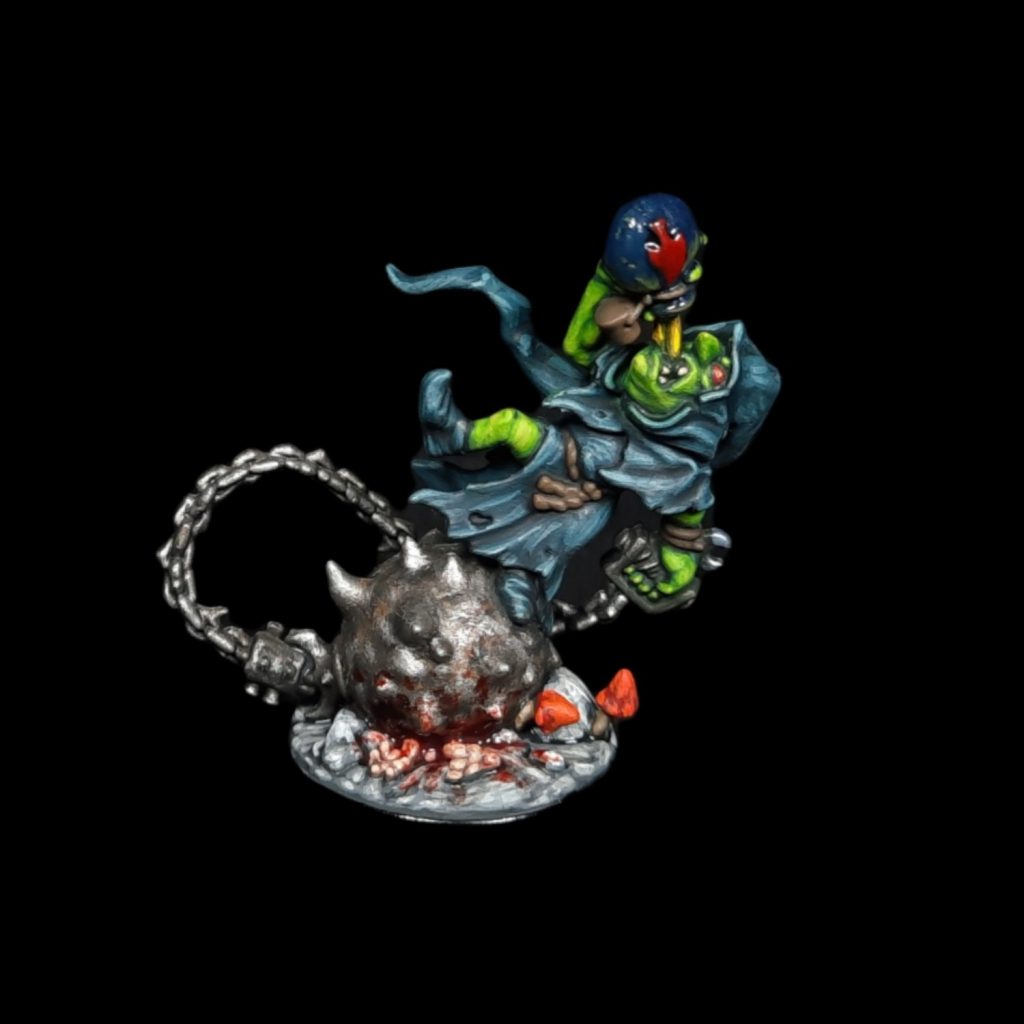
Goonhammer Historicals: let’s start off with a typical cliché, how did you get started with wargaming?
Piers: I don’t know! It all started like most wargamers of my generation I think. We were playing with toy soldiers when we were kids, all the matchbox and airfix stuff and then that just progressed on to one thing more to do with them just setting them up and knocking them down. And that sort of led into looking in second-hand books stores or Featherstone books and then eventually sort of progressing from there to Warhammer when it first came out. I think I started playing in 84, we used to have at a couple of shops back then, it was pretty much role playing stuff mainly, but they stocked all the Citadel figures. Fantasy wargaming was what sort of led me into historical wargaming. I always had an interest in military history, and then started playing Warhammer and I thought “I wonder if there’s other types of wargaming”. That led into historicals and made me end up finding a war games club when I was about 14, 15 I think and that led into playing historical stuff.

Goonhammer Historicals: Was Warhammer Ancient Battles a thing back then?
Piers: I started playing historicals in about 1987, ’88, so long before Warhammer ever had proper books really, Ravening Hordes was just about the only thing we had. The club and different people were putting on different games, so you got a taste for everything, we’d be playing the Seven Years War one week and then Vietnam the next. It opened the eyes of a 15 year old with interest in military history into what historical wargaming could be. I dropped fantasy for a long time after that and just concentrated on solely playing historical stuff.
Goonhammer Historicals: Looking at your instagram you’ve picked up fantasy again!
Piers: It’s always been there in the background, I worked for Games Workshop in the 90s as well, so it’s always been there. It’s more of a nostalgic thing than a gaming thing, collecting the figures that I used to have in the 80s and painting them properly you know. It feels like everybody in the industry at some point worked for Games Workshop for a while. (laughs) I worked there for a couple of years, everybody seems to have had a brief spell with the Evil Empire (laughs). I was actually working there when they released Gorkamorka and the less said about that game the better as far as I’m concerned. Necromunda and Mordheim was my kind of thing, those were the two games that I thought where Games Workshop was at their best at that time. I remember when Necromunda came out and enjoying it. I was like 14, 15, a young age, and it was my first real skirmish game, with scenery and the different rule sets. I picked up the new version as well but I haven’t really played it yet. I’ve actually bought all the figures, but I’ve never bought the rules. I get these grand ideas that I’ll buy the figures and make up warbands and I’ve got a ton of the plastic scenery and all that sort of thing, but it’s all sat in boxes at the moment. It’s an addiction, that’s what I always tell my wife, it’s better than buying drugs or drinking all day (laughs).
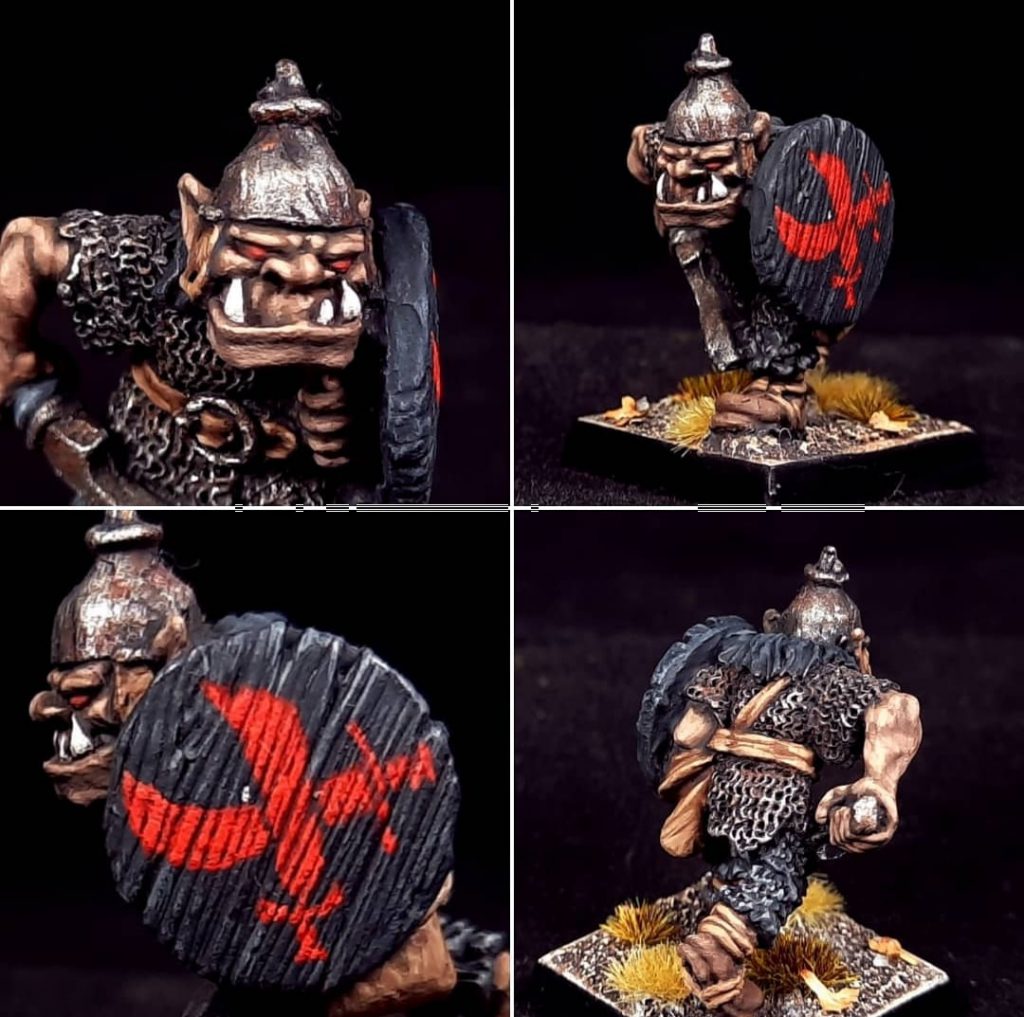
What sort of rulesets were available when you started out?
Piers: You had the wargames research group rules, and there were loads of rules. And they were all as bad and as difficult to read as each other back then. Most of them were awful, I remember having rules for World War II where you needed a protractor to work out the angle that the shell was coming from and it was hideous. Colin Rumford released Rapid Fire, which is at its core just a very simple skirmish game, but it opened our eyes that you could have a very simple set of mechanics that would produce a fun game that felt kind of right in a very short space of time. What clinched it for them was that they coupled it with really nice photos of scenery and models, so it was the sort of first time in historicals that you had a set of rules that was pretty simple but had this nice sort of imagery that went with it. That’s what sort of drew me into World War II especially, you can have nice terrain and nice soldiers, and that becomes half the battle. The rules that you then add on can be quite simple because you’re generating your imagination and your interests with the models. Rapid Fire certainly worked for me and for Warwick. It drew us in but you could make more of this and you could make it look really good. Back then you had the likes of Dave Andrews at GW who had a huge World War II set up and his demo games were just amazing. All of that sort of came around at the same time and started trying to inspire people to have really nice scenery and models. It didn’t have to be this massively complicated thing, you could play a game and actually have fun! Which at times felt like quite a novel experience (laughs). The whole thing of historical War Games especially tended more to be the people that you played with, certainly in our club. The best games were some of the Vietnam games, we didn’t even know the rules because we were just told to roll the dice. And that’s all it needed because the guy who ran them made it so immersive that you didn’t care what the rules were. You were solely focused on your squad and its mission. What the rules should do is make you think about what your objectives are.
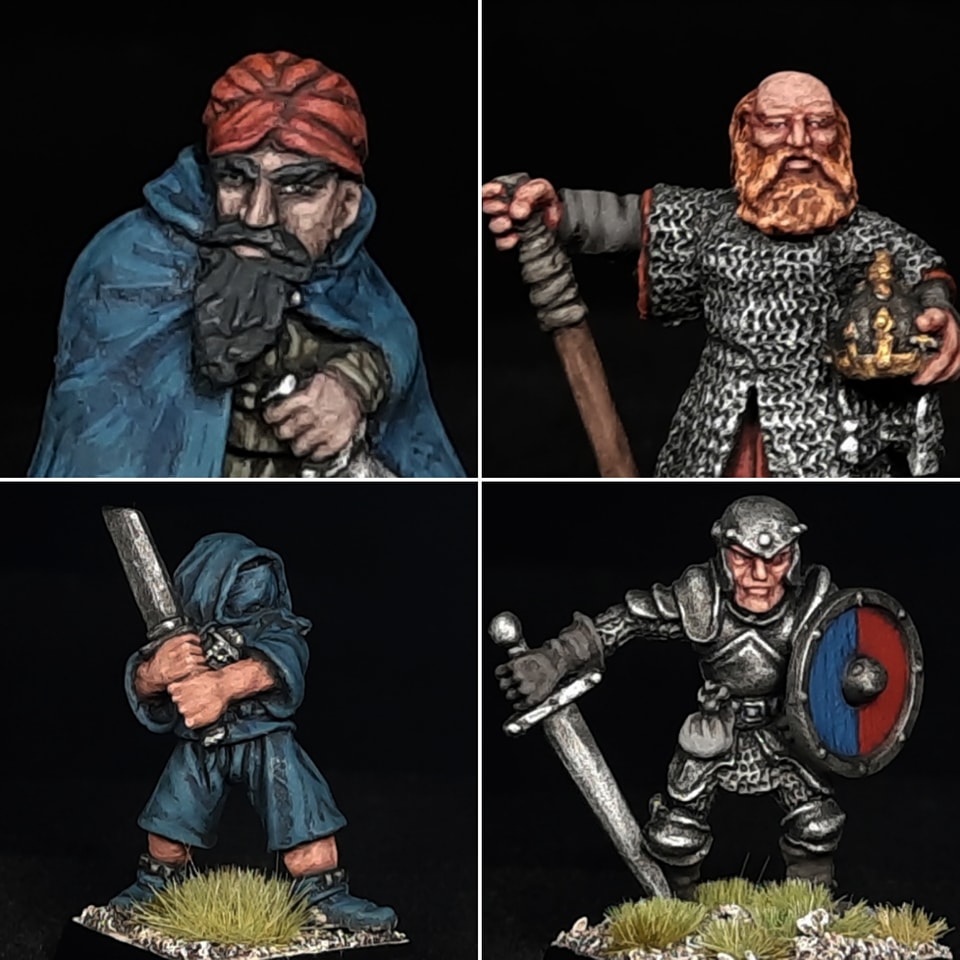
Goonhammer Historicals: These older rules were more simulation then game really, you want it more to focus on the feel of a battle or campaign
Piers: I think that’s a mistake a lot of people make. They seem to think that by adding in more complexity they’re generating more realism, and I don’t think that’s true. All you can hope for is an abstraction that gives a correct feeling for the period or a result that seems logical. And you don’t need an overly complex mechanism to do that. Others will disagree, and to each their own I guess.
Goonhammer Historicals: the Battlegroup rules are what actually got me back into wargaming a couple years back, and one of the things that that struck me was the the force morale with the counters and the effect it had on the battle, even if you were in a good position you could still lose the initiative.
Piers: There’s no other game that really does that, and when Warwick came up with it, it was to make a player realize that his battlescape, that six by four tabletop view, isn’t the only thing going. There’s stuff going on around you, so as you say you could be in a really good position just about to capture the last objective, and then your army pulls out, your battle rating breaks and you’re gone. It’s trying to introduce all those other chaotic factors in warfare which are beyond your control. That’s what Battlegroup with the Battle Rating mechanic tries to do: take away some of a player’s control. (editor’s note; check our review of Battlegroup here for an overview of the mechanics) Things will happen that they can’t plan for because that’s what happens in reality. And you never really know what sort of state your opponent’s in either, you never really know you know how bad off they are, apart from when somebody finally draws that number five. You see that involuntary wince when they pull it out of the bag (laughs). The system is very good at hiding things from players and it adds a nice sort of sub-dynamic to the game. There’s that level of excitement and tension where you both know at some point in the game, when you can both see a pile of counters and know things are bad for both of you but you don’t know how bad. Which is where it becomes fun, players becoming more and more cautious. It reflects quite well what an actual commander would be like, they go in hard, take a few losses and then sort of go “all right we need to back this off a bit” and you consider your options. Some of the people that I play with just go hard the whole time, but it’s interesting because you can see how players sort of change through a game based on how their Force morale is going, which is really unusual in a game. It introduces its own battleground, with its own morale factor that is actually the player himself and how they react to where they are in terms of what sort of state their army is in.
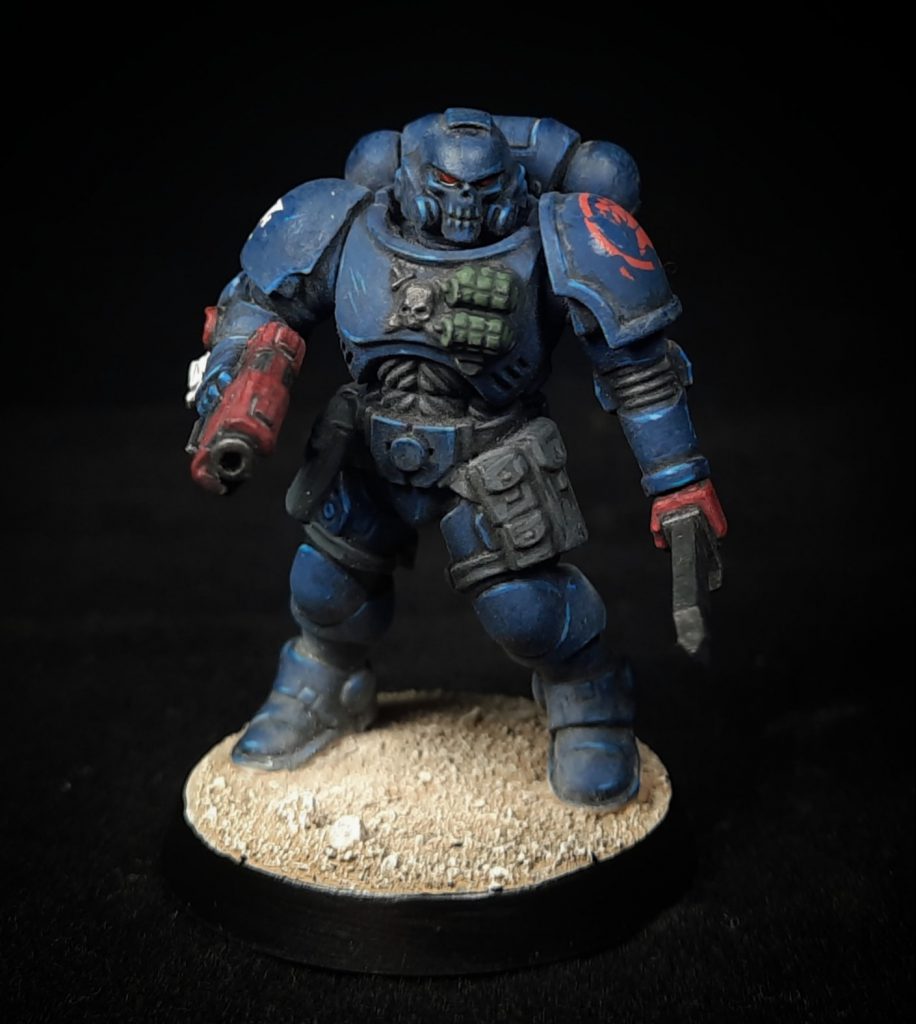
Goonhammer Historicals: that was what resonated with me, how the initiative shifts during a game and there’s this underlying tension.
Piers: Battlegroup also has the two ways of firing: Suppressing Fire and Aimed Fire, and once players realize that suppressing fire is really dangerous because it pins down troops so it reduces what a player can do, but it also means the player’s got to take chits to unpin the stuff. It adds yet another layer “I can shoot these guys and destroy them or I can just try and pin loads of them down”. You have so many little tactical options within the game as well and that sort of morale mechanic makes it a very challenging game within a very simple set of mechanics.
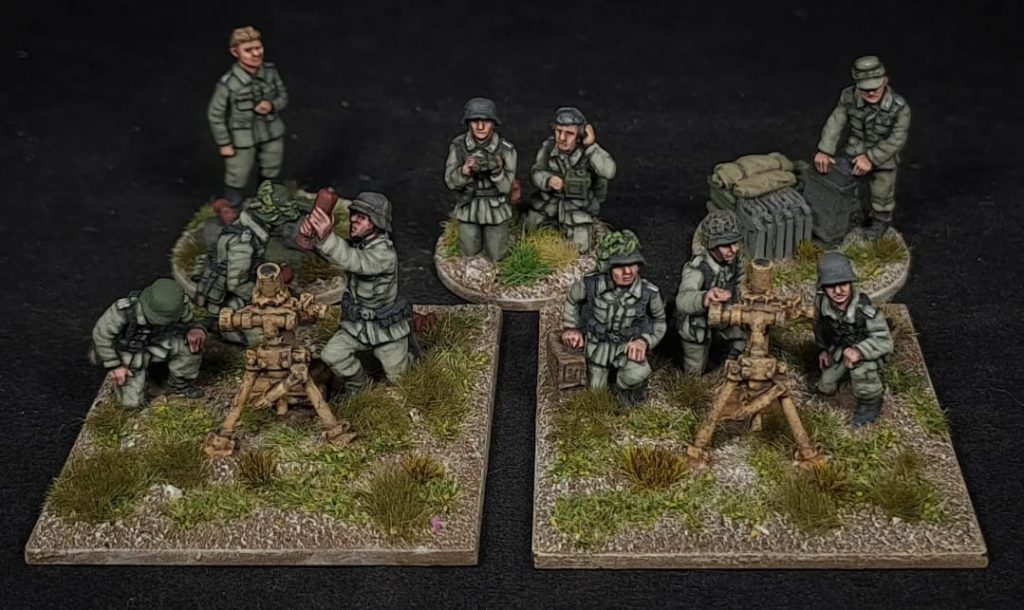
Goonhammer Historicals: how did you get involved with Warwick Kinrade?
Piers: The version we know now was, I don’t know how I should put it, it’s pretty much the same as the first version. Warwick wrote Kampfgruppe Normandy for Warhammer historicals and that’s actually how me and him met! I think I was about the only person that was stupid enough to pay fifty quid for a copy when it came out (laughs). I did a review on it within a couple of days of it coming out, and because I was literally the only person that bought it, and wrote about it and played it, he got in contact with me on facebook, just to say “somebody bought it and took the time to actually play the game and I know it was you” (laughs). Basically Games Workshop priced it at fifty quid to make sure it failed, so they could get rid of all historicals. It’s pretty much what I think went on, but as I said, apart from the cost this was just a breath of fresh air. it’s just one of the best games I’ve ever played, Warwick and me, we just kept chatting. Warwick came over for a game and we talked about it and started working on an Eastern Front version. It was going to be a book for Warhammer Historicals, which then closed up shop. Warwick was actually leaving GW around the same time as well. We got chatting to Will Townsend from PSC and Plastic Soldier Company, and the three of us decided we’d redo the rules of Kampfgruppe Normandy and that morphed into Battlegroup Kursk. Kampfgruppe Normandy is Battlegroups’ daddy. There’s a few minor changes but what players are playing now in 2023 is the same as the Battlegroup that we released in 2012. We made a couple of rule changes but that was minor stuff, so it’s never had a second or a third edition. The attitude was that we’d write a set of rules that worked first time, leave it at that because we don’t want to write multiple sets of the same bloody rules! We want to write other stuff as well. So Battlegroup has stayed the same and the idea was always to present a set of rules and supplements so that, whether the day you buy it or 20 years later, you’re still playing the same thing. Unless you’re in the business of trying to sell people new books over and over again, and figures that go with books, there’s no real need to do it. It was a sort of 10-year plan to cover everything. Covid snuck two years onto that time frame and now we’re planning the last book, which we’ll release next year at Salute. It’ll have been 12 years in total to produce Battlegroup and all its books. We had 18 months of playtesting before that, and of course that was all on top of the 10 years it took Warwick to do Kampfgruppe Normandy so it’s about 25 going in one form or another. It’s been nice for me because I just got involved purely on the basis of a developing friendship with Warwick. And I was lucky that me and him sort of hit it off as mates as well, and as gamers too. He’s one of the family now, and it’s been nice to be able to get involved with something like that and it’s been a very different process to other games. It’s opened up into other avenues, whether it’s with Northag that we did for PSC, with the Soldiers Of… series that Warwick’s doing. There’s lots of little bits and pieces along the line.

Goonhammer Historicals: How did work on Northag start?
I started work on the Cold War version of Battlegroup not that long after we released Battlegroup Overlord, so it would have been about 2014-2015. We did a few games and it very quickly became apparent to me that it didn’t feel right. We looked at a few things, Warwick got involved in it as well and PSC said they wanted a 10mm game. They commissioned us to write them a ruleset, and asked for the base set of rules, with the lists for Russian and the British forces. We came up with this sort of system that’s a step above where Battlegroup is, so it’s a very similar system but things work slightly differently. The command position is a little step higher, so you’re not as concerned with the individual stuff that’s going on as you would be in battle at larger scales. It has more stuff on the table. Northag was only ever going to be a Northag, and then Centag, so it only really was commissioned as those two pieces by PSC, rather than it being from us if you know what I mean. That was done for them so it’s their set of rules to do with what they like. Whether it goes anywhere else after Centag I don’t know. PSC have mentioned some options but whether they’ll get us to do it or somebody else I couldn’t tell you. They’ve asked Warwick and myself to look at a look at a World War II version of Northag, a sort of “Battlegroup Epic“. We’ve done some work on that, so I imagine if we do anything next, we would probably be looking at a sort of a World War II version of Northag for PSC. We need to finish the last two books for the Battlegroup series, that’s what’s in the pipeline as far as PSC are concerned at the moment. From what I know, there’s talk of a World War One version of Battlegroup. It’s not something that will be done by Warwick and myself. I think they’re going to get a new guy to do that. He plays a lot of Battlegroup and Northag, so it’s a good person to get working on it. I suspect I’ll probably have some input in it because it’s a period that interests me as well. So there’s future plans, and how much they become a reality is a completely different matter. I’m going to finish the last book in the Battlegroup series, which is for Italy, and due for release next year. Once that’s done it’s over to Plastic Soldier Company to see where they want to take the rules.
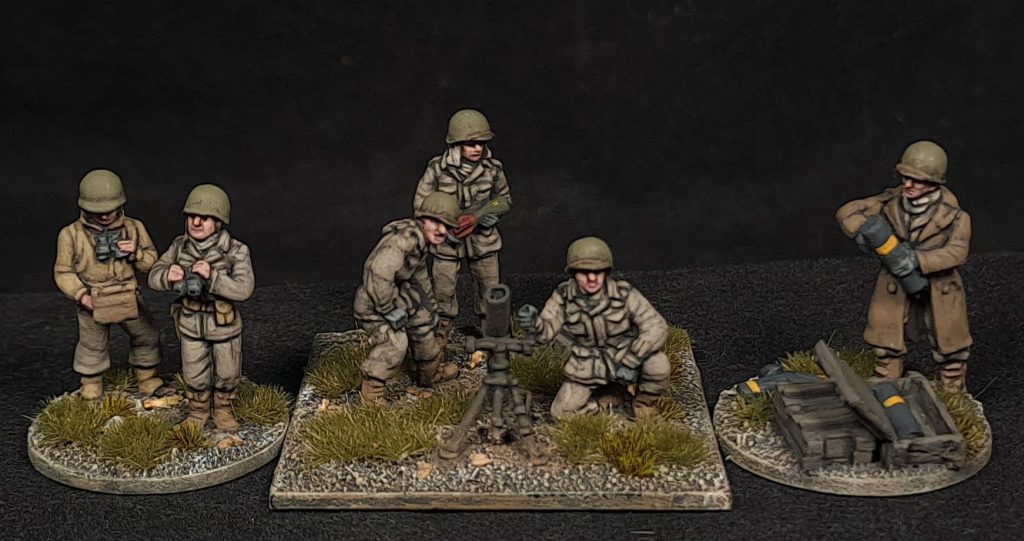
To be honest we’ve saved it till the end because it’s kind of the one we want to do the most, so we purposely put it off. The work’s pretty much done with Bagration. With a lot of the smaller supplements Warwick will just work away on them and I’ll just look at the lists and stuff. But Italy is what we really wanted to do. It’s covering everything from Sicily to the end of the war so there’s two and a half years, which is a big period to cover in a single book for Battlegroup. A lot of our books cover just a few months, so the first thing we need to do is to sit down and look at it and decide exactly what we’re going to try and cover because I think trying to cover the entire Italian campaign may be a little bit too much for one book so we’ll see where it goes. It’s just so interesting because you know it has just about every vehicle you can think of, and the different types of troops are also varied, it just has everything! And of course such a variety of terrain as well. As far as wargames go it’s pretty much overlooked despite the fact that the campaign took so long. It doesn’t have that many big battles that speak to the imagination. It’s sort of Sicily, Casino, with a little bit of Anzio and then that’s about it, really. But there’s a lot to it and I suppose in the greater scope of things the fighting can be seen as a bit smaller. It’s a bit more tactical because of the terrain and you don’t have these massive sweeping broad fronts like you do in Northwest Europe or on the Eastern front. It’ll be one of the periods that just suits Battlegroup perfectly, because of these little compact sort of Kampfgroups, and things will fit quite nicely into the way Battlegroup imagines the war. Plus we get to build loads of really cool models that we haven’t built and that’s always a plus!

Goonhammer Historicals: Can you tell us a bit on how you went on writing for the Force on Force rulesets?
Piers: I did both editions of Ambush Valley, which is the Vietnam supplement for the guys at AAG, and I did some work with them on the Force on Force Tomorrow’s War way back in the old days. I did a lot of the photos for them in the Osprey books as well, it was good fun. I think it was very much a product of its time. AAG were very lucky; they hit a certain niche that people were interested in and they hit it with a set of rules that at the time were quite new and a little bit revolutionary. It was interesting to do, I think they’ve just released a new version actually. It always struck me as a game that needed to be explained as you played it rather than read to a degree. And I was very lucky I got to know Sean who designed it very well, and chat with him about it. It does what it does very well when it’s played properly, but it does have quite a high learning curve. I think that’s partly the big problem with the Osprey version, that the rulebooks for Force on Force and Tomorrow’s War weren’t laid out the best. I think even Sean would hold his hands up to the fact that both those books could have been better written from the learning point of view. I happen to be friends with Dan Mersey, he used to be at PSC as well, and he writes brilliant rulebooks in that Osprey format. He can visualize what he wants to put across in that sort of small space and he does it very well, so it suits certain types of writers more than others I think. Force on Force was such a dynamic set of mechanics, I think it’s a game that needs a lot of space to set out and explain it by examples.
Goonhammer Historicals: I love the whole Blue Book series for what they set out to do, but the editing or format can hamper learning the game.
Piers: It’s a bit like a sort of scattergun approach with the Osprey. They throw out all these sets of rules and see which ones stick and then expand on that. It is a double-edged sword but is what it is, it works for some things and it doesn’t matter who you are. Anybody can get a set of rules out, and that’s good, and everybody can produce stuff that’s awful so it doesn’t matter how big or small the publisher is, they’ve all got their hits and they’ve all got their bangers.
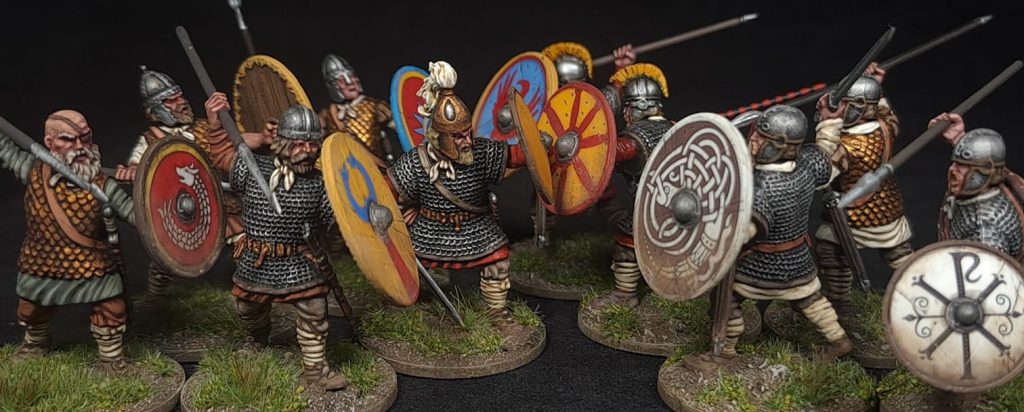
Goonhammer Historicals: going back to the photographs, the things you produce for your books and Instagram look ace.
I used to paint commissions for a couple years. It paid for a living but I hated it. I hate painting for other people even when they pay me because it becomes too much of a job. So I very rarely do stuff like that. Victrix asked very nicely if I’d paint the new armored late Romans for them to use online so I sort of relented and said I would, because I kind of wanted to see what they were like anyway (laughs). It’s an occasional thing I do. I do stuff for PSC now and then but I’m in the lucky position where I don’t need to do it, so I can be very picky for anything I choose to paint for anybody that’s not myself. I do have a couple of customers who occasionally come back to me every four or five years, and are mad enough to accept my crazy prices (laughs). So mostly pretty much anything you see is stuff I did for myself. All the World War II stuff is all my own collection, it’s all just done for my own amusement really. Victrix is the first commission of the year.
Goonhammer Historicals: How’s the backlog?
Piers: There’s certainly a backlog alright! (laughs) I have this awful habit, well with World War II at least, where I’ll paint everything and then start repainting something and it will come out better. So I have to resell everything and I’ve done that about three or four times now over the years. Literally just sold everything and started again because the painting’s got a bit better. I’m finally almost finished with Northwest Europe so I’ve now sold off all my old 1940s stuff that was in Battlegroup Blitzkrieg and I’m starting repainting all of that.That’s my project for the next couple of years, just brand new British and Germans for 1940. I tend to just sell and recycle so I’ve got hordes of figures waiting to be painted. Just looking at my shelf I can see like 300 vehicle kit boxes.
Goonhammer Historicals: Jesus Christ
Piers: It’s mental you know, and I know that some people get very worried about it and stress over things like that. I don’t, I couldn’t care less, I just like buying pretty things and I’ll work through it at my own pace. I am going to be dead before I finish, I’ve no bones about that, I’m not going to get through it all but I’ll have a crack at it. But it’s nice, in the last year and this year I’ve been finishing off some World War II bits. I never quite finish anything. For my British Airborne I’ve got four figures left to paint and most people just go back and paint them whereas they’re just sat on a tray waiting. I never never quite want to finish anything, I’ll go back and redo it. The books tend to look a bit different because I do new stuff for each book so it means you’re not seeing the same sort of repetition and things. We always try and produce some new stuff for each set of photos so that things look different and fresh. And hopefully gives players something extra to look at and inspire them to do their own stuff. The books for me are just purely a way of getting my own stuff painted because I need to have stuff to play the book with, so away I go! That’s good excuses anyway (laughs)
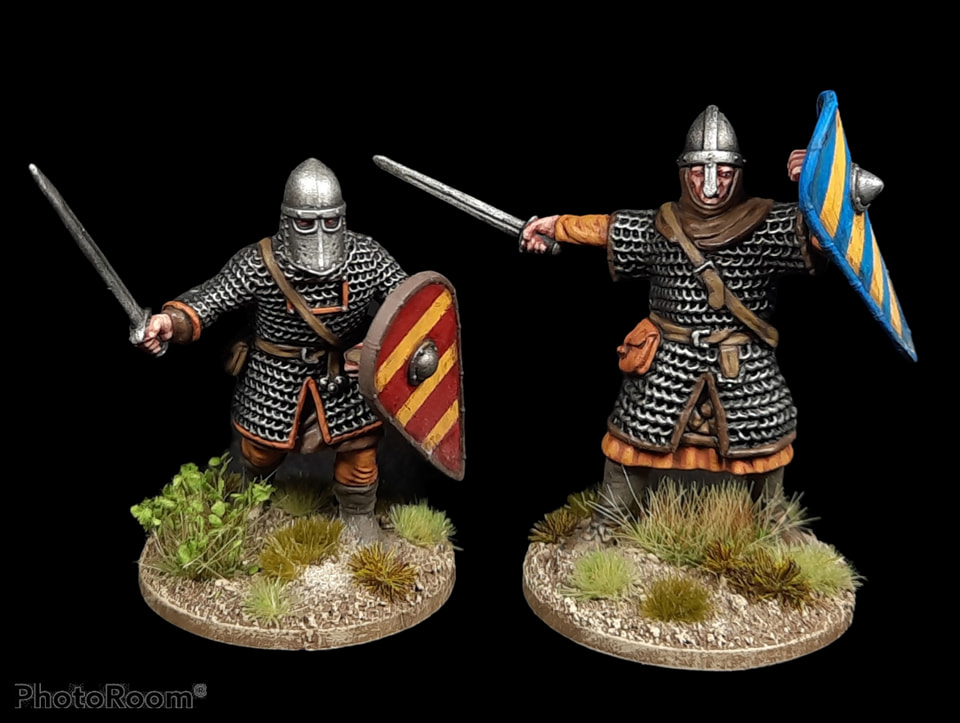
Goonhammers Historicals: what sort of games are you getting in? Is it all playtesting?
Piers: I play a very few games these days unfortunately. We used to play once a week before covid but it knocked us all about over here, and we haven’t got back into the rhythm of the thing yet. It’s getting there though. We did okay in the last year but this year with family crap going on and real work, with quite a busy day job as well, it’s been very difficult to get everybody together. One of my main playtesters is my sort of main gaming buddy, he’s just just left the Army and starting a new career as a dirty civilian so he’s been getting used to that for the last couple of months (laughs) My other friend, he’s sort of a scenery man and will randomly turn up with an entire new project painted! He’s been getting up at the crack of dawn and going to work for the last few months so the weekend comes around we’re all in a sort of blur (laughs) But we’re kind of getting back on an even keel and we’re hoping there’s going to be more games. A few of our older gamer lads are sort of coming back into the fold. Everybody sort of moved over to board games and roleplaying for a while the last couple of years. So everybody’s coming back from that. We should actually be getting some games in but it’s been a lean couple of years for gameplay.
Goonhammer Historicals: no love for Tabletop Simulator?
Piers: A Few of my mates did that and they’re still playing it weekly. I just tried it once and I just can’t do it, it just doesn’t work for me you know. I’d rather wait and just play a proper game. I’m the same with the roleplaying group, I just can’t roleplay online, it’s just weird. I have to be sat in a room with everybody so but I’m very lucky as for my main roleplaying group, the guy who runs most games, lives in the house behind me, and we only met due to covid when we were discussing a broken fence of all things. He plucked up the courage to ask me if I did wargames because he’d seen the table through the window. He cleared out his shed and found about 500 Citadel figures from the 80s in a box and just left them on my doorstep at the height of covid when you couldn’t go out. He just left this box on my doorstep and texted me to open my front door! (laughs) So a lot of the fancy figures I put on Instagram over the last years are from him. He just gave me the whole lot, so I pull figures out of it and I paint them up, and I throw them over the fence in bubble wrap. He’s building up this nice role-playing collection that he has on display with all his old DND books from the 70s and the 80s, so it’s really cool and a nice little thing to do for somebody else. But yes, game-wise, it’s a bit slim, but we’ll get back there.
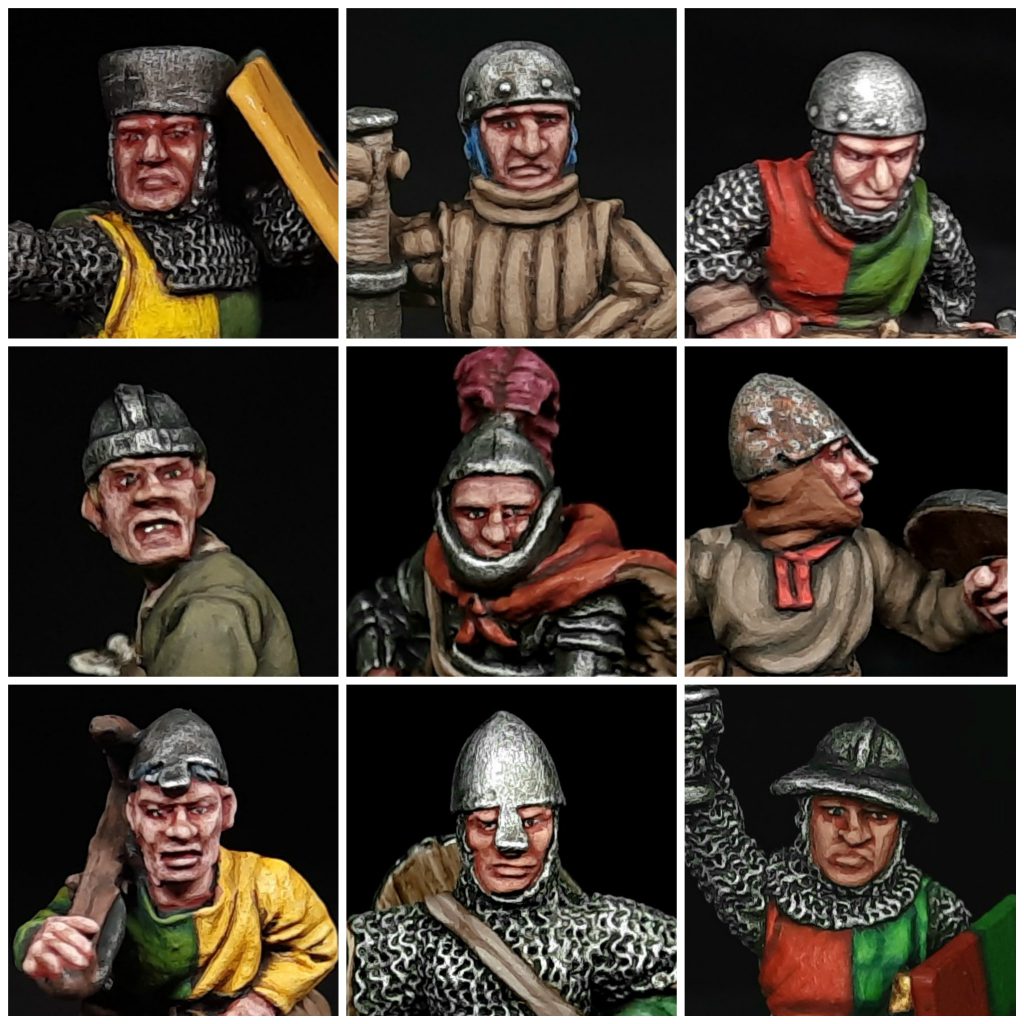
Goonhammer Historicals: if we’re looking at 28mm it seems more skirmish or larger skirmish games are coming out lately.
Piers: I want to get back to big mass battles! I don’t know why, but I’m a bit sick of skirmish games. I’ve relented and finally bought some Napoleonics because Warwick wrote Soldiers Of Napoleon. I hated Napoleonic gaming with a passion before because all the rules I’ve played, I’ve hated, and then Warwick wrote the ruleset. And of course I played one game and I was like, “right I’m gonna go and buy some Napoleonics, this is amazing”. But I did it with the plexiglas flats from Wofun Games (you can check our review here) that use the Peter Dennis artwork. And man it’s opened my eyes up for periods where I don’t want to paint the stuff but I want to play the game. They’re just amazing. Zoom in up close it’s a bit weird but anything from direct front or direct back or in an overview, it really gives the sense of a mass battle. I mean I’m 50 this year but there’s no way I’m gonna paint two and a half thousand napoleonics, I just can’t be bothered. So you have to cut your cloth as to what you can manage. So for me it’s all about what I want to spend time painting stuff that I actually want to paint, so that’s 20 mm World War II, or the old Warhammer fantasy stuff, or my 100 Years War medievals. I want to play, I don’t want to paint. I say that and I’m looking at the 18mm AB napoleonics on my shelf, but ignore that! (laughs) To play mass battles the WoFun stuff is an absolute godsend. I remember talking to Andy Singleton, a friend of mine who’s a commission painter. I had French, British, Spanish, Portuguese armies arrive on a Friday and by Monday I had everything based up! Army’s done and ready to play that week. You’re going from your figures arriving to ready to play within 48 hours. So once I’d seen the Napoleonics, Warwick also wrote Soldiers of Rome. And Andy’s been painting two armies for soldiers in Rome in 28mm and he’s been painting them since before the ruleset came out, so four or five years ago and he still hasn’t finished either. So I just went out and I bought two Roman armies, for late Republican and Imperial Rome. I have enough for every army list in the book to the largest size possible and I think it took me three or four days to get it all based up. They’re not cheap, but price-quality wise I think it works out that I get two full units for the rules out of a set that is like 18 Euros. So it’s about, say, buying a box of Perry plastics, and it’s also the time you spend painting them. It takes time and energy as well; it takes me 15 minutes to get two units of WoFun popped out of their sprue, stuck in bases and flocked. so how long does it take to paint a box of Perry 28 mm… years, and that’s the difference.
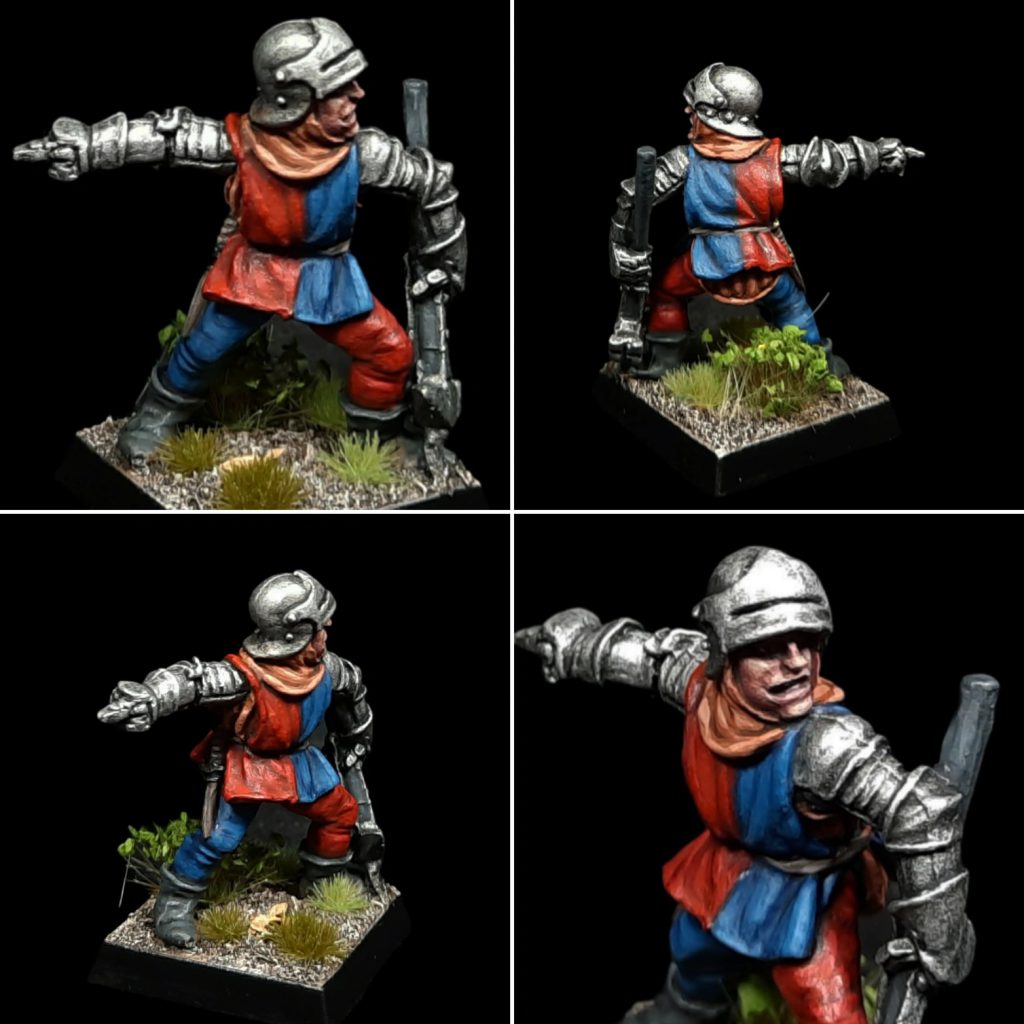
I’ve had to make allowances you know, I want to play more periods than I can paint! WoFun has stepped into that, and to be honest, Lucian is such a nice guy and he goes out his way for his customers. I sent a message saying that I wanted more variety of standards for napoleonics, so he did me a whole sprue that was just different flags. Different little command elements with flags so that I could mix up the flags and have all the units looking different. Nice little effort that he went to! It’s just another thing that adds to it and it’s quite fun for my barbarians as well. Peter Dennis painted lots of Druids and he did loads of weird little vignettes for the Paper Soldiers, and Lucian has done all those in Plexiglas. So I have little stands of Druids sacrificing Roman soldiers and all those sort of weird crazy little things that you can do in miniature. It’s a nice little stress relief inside, you know you don’t have to model it all, I can order it. There’s loads for all the periods that I want to do that I don’t want to paint. Peter Dennis does such lovely artwork and half of it is his. The color is great and they’ve got a depth of field. I took some photos of them and it’s funny how good they look in photographs, they look really cool. But it’s not to everyone’s taste and for me it’s purely a substitute. I mean obviously I’d much rather have masses and masses of painted AB 18 mil napoleonics but it’s not gonna happen. I’d rather be playing a game than pay for the next 10 years to play a game. They’re quite an eye-opener and what I find amazing about him is; I don’t think I’ve ever ordered and waited more than about four days for it to arrive, and I’m in Ireland. I’ll order it on a Thursday and then I think by Sunday or Monday I’ve got the DHL notification that they’ve collected it, and then it usually arrives on the next Tuesday or Wednesday, very quick!
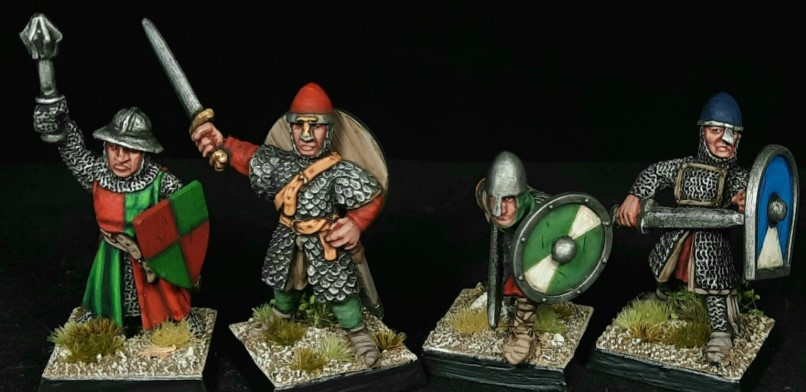
Goonhammer Historicals: How is the Nam 68 project coming along?
That’s done and dusted and waiting to go to a printer when we can afford to. It’s another one of Warwick’s sets of rules that he did. It annoyed the crap out of me because they’re better than my Vietnam rules (laughs). It’s absolutely brilliant, a game where you play an entire Tour of Duty as a team leader and they’re just a really good set of rules. Warwick’s writing soldiers Napoleon and the expansions. I’ve been looking at Soldiers of Agincourt for ages and I’m slowly doing up the troops to start playtesting. We’ve also been doing some play test games of Soldiers of Washington, which is a sort of a spin-off from Soldiers of Napoleon for the American War of Independence. The other big thing that we’re doing is Frontline, which has been an ongoing thing for years now. It’s a set of World War II skirmish rules, so kind of our equivalent to Bolt Action if you like, but card-driven. It’ll be a different take on that genre and presented in a different way. We can do stuff with cards that you just can’t do in any other format. When that’ll be I haven’t got a clue because I think we’re at about the third time of ripping everything up and starting again. It could be a while. PSC have asked us to look at a Northag version of World War II that sort of dropped in the mix as well. There’s other musings coming from PSC for various Battlegroup bits and pieces, but how far we’ll be involved I have no idea. I’m also writing a book on the battle of Kustrin/Kostrzyn as well, called Berlin’s Gateway, which is for Military Miniature Press. It’s a scenario book, a little narrative of the campaign at Kustrin/Kostrzyn, and then about 10 scenarios. PSC is letting me present the scenarios as Battlegroup scenarios so it’ll be almost an unofficial Battlegroup book. I’m halfway through it, and it’s up for pre-order for November this year. It’s like Battlegroup: Market Garden, so half the book is the history of the campaign and then the other half is the set of scenarios to re-fight it. So other than that I don’t think there’s much else, it probably seems like a lot, (laughs), and it is!
But we don’t work full time with it, and people always want stuff from us quickly. I think a lot of the time people fail to realize I have a full-time job as well, so it’s all very much done in what little spare time I have. We also don’t release stuff unless it’s right, so add deadlines and very much it’s ready when it’s ready. it’s the way we’ve done everything before, and once we start rushing that’s where mistakes get made.
Goonhammer Historicals: Thanks very much for making time for us Piers!
If you want to follow the painting exploits of Piers, his instagram has a bunch of nice stuff to look at. If you’re looking for tutorials, you can ask to be added to the Wargames painting with Piers facebook group.


